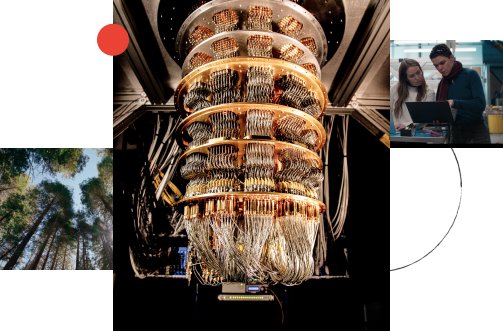Facade: High-Precision Insider Threat Detection Using Deep Contextual Anomaly Detection
Abstract
We present Facade (Fast and Accurate Contextual Anomaly DEtection): a high-precision deep-learning-based anomaly detection system deployed at Google (a large technology company) as the last line of defense against insider threats since 2018. Facade is an innovative unsupervised action-context system that detects suspicious actions by considering the context surrounding each action, including relevant facts about the user and other entities involved. It is built around a new multi-modal model that is trained on corporate document access, SQL query, and HTTP/RPC request logs.
To overcome the scarcity of incident data, Facade harnesses a novel contrastive learning strategy that relies solely on benign data. Its use of history and implicit social network featurization efficiently handles the frequent out-of-distribution events that occur in a rapidly changing corporate environment, and sustains Facade's high precision performance for a full year after training. Beyond the core model, Facade contributes an innovative clustering approach based on user and action embeddings to improve detection robustness and achieve high precision, multi-scale detection.
Functionally what sets Facade apart from existing anomaly detection systems is its high precision. It detects insider attackers with an extremely low false positive rate, lower than 0.01%. For single rogue actions, such as the illegitimate access to a sensitive document, the false positive rate is as low as 0.0003%. To the best of our knowledge, Facade is the only published insider risk anomaly detection system that helps secure such a large corporate environment.
To overcome the scarcity of incident data, Facade harnesses a novel contrastive learning strategy that relies solely on benign data. Its use of history and implicit social network featurization efficiently handles the frequent out-of-distribution events that occur in a rapidly changing corporate environment, and sustains Facade's high precision performance for a full year after training. Beyond the core model, Facade contributes an innovative clustering approach based on user and action embeddings to improve detection robustness and achieve high precision, multi-scale detection.
Functionally what sets Facade apart from existing anomaly detection systems is its high precision. It detects insider attackers with an extremely low false positive rate, lower than 0.01%. For single rogue actions, such as the illegitimate access to a sensitive document, the false positive rate is as low as 0.0003%. To the best of our knowledge, Facade is the only published insider risk anomaly detection system that helps secure such a large corporate environment.
